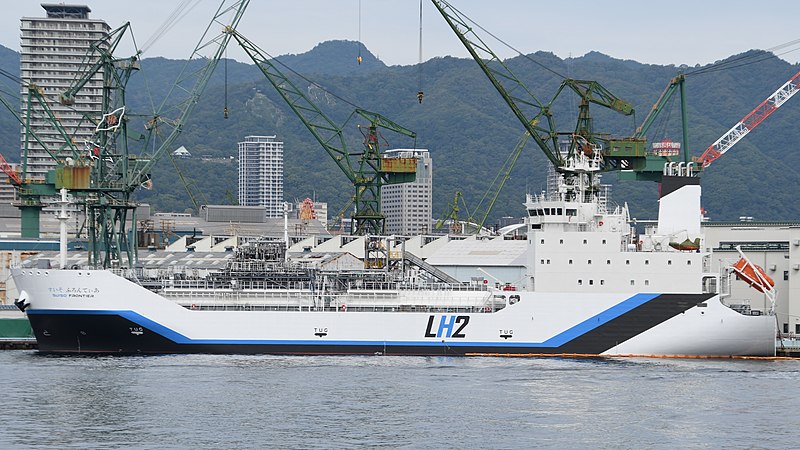Articles
Hydrogen in Gippsland: why it is useful and what you should know
Hydrogen is the most abundant substance in our universe, but surprisingly it’s not available in its pure form to us here on earth. You can’t drill for hydrogen, yet it exists all around us locked up in water. On its own it will disappear or react so we must find ways to generate hydrogen ourselves. This is where the interest in hydrogen is at play, with the aim of developing a hydrogen economy through the creation of a clean energy store. What this means is that we wish to move away from burning carbon and fossil fuels at home and in our cars for energy and use hydrogen as a carbon free energy carrier and source.
To make hydrogen a clean energy source, we can split water by using heat or through using electricity. We must break the water molecules to release hydrogen. This takes energy to do, but we get this energy back through the use of hydrogen when we turn it back into water, so we can see the circular notion relevant to a circular economy. We need energy and we need it to be clean and that means no net carbon emissions. To do that we need either renewable electricity or gas combined with a place to use or store its carbon, known as carbon capture utilisation and storage (CCUS), when using gas to make hydrogen.
 We simply cannot beat electricity for use as a power source, but hydrogen is useful as it can be used when electricity cannot work, such as for making things like steel and cement that need to be really hot or for long distance transport needs. Hydrogen can also be used to provide electricity in remote areas of Australia that currently use diesel generators. Storing hydrogen creates a deep high-energy reserve, it doesn’t lose charge and can be used after a decade, not like a regular battery which might fail or not do well in extreme heat.
We simply cannot beat electricity for use as a power source, but hydrogen is useful as it can be used when electricity cannot work, such as for making things like steel and cement that need to be really hot or for long distance transport needs. Hydrogen can also be used to provide electricity in remote areas of Australia that currently use diesel generators. Storing hydrogen creates a deep high-energy reserve, it doesn’t lose charge and can be used after a decade, not like a regular battery which might fail or not do well in extreme heat.
To make hydrogen affordable we need lots of cheap energy and clean water and hydrogen cannot be cheaper than the energy it is made from. This is where Gippsland comes in: there is an abundance of lignite or brown coal ready for us to use for a clean energy future. There are opportunities to use CO2 in new products as part of a circular economy and excess CO2 could be stored off-shore. We are even seeing new opportunities for transporting hydrogen, such as via ships (Wikimedia Commons, 2020), showing an increasing desire for clean hydrogen globally. Gippsland is not only a source of lignites which can help create clean hydrogen at a large scale, but there is also interest in government-supported clusters and hubs where companies interested in hydrogen can come together to attract further investment and explore opportunities. For example, the Gippsland Hydrogen Cluster is currently interested in using biomass waste as a source of energy and using hydrogen to reduce CO2 emissions.
Hydrogen is not just the future, it is now. We are already using it to refine petroleum and in fertilisers. As we move to net zero, that 20% of energy we need that isn’t a good fit for electricity creates a great opportunity for clean hydrogen.